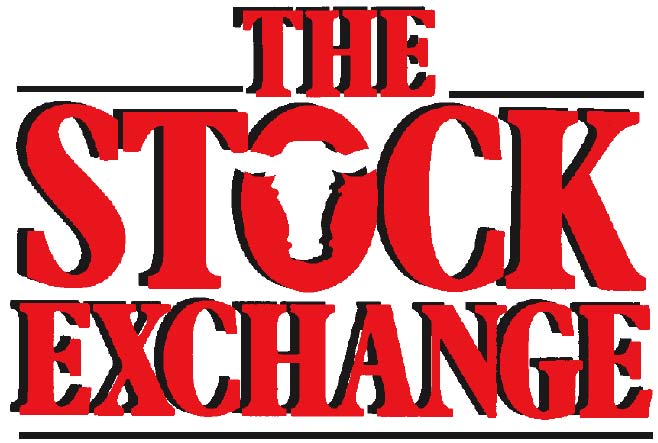Use the Numbers (correctly) this Bull Sale Season
Matt Spangler, UNL Associate Professor and Beef Genetics Extension Specialist This bull sale season do not make the process more complex than it really needs to be. Photo credit Troy Walz. This bull sale season, profit-minded cattle producers will utilize expected progeny differences (EPD) and economic selection indices when selecting their next group of bulls. These tools are far more accurate at predicting the average difference in offspring than visual appraisal or actual…
